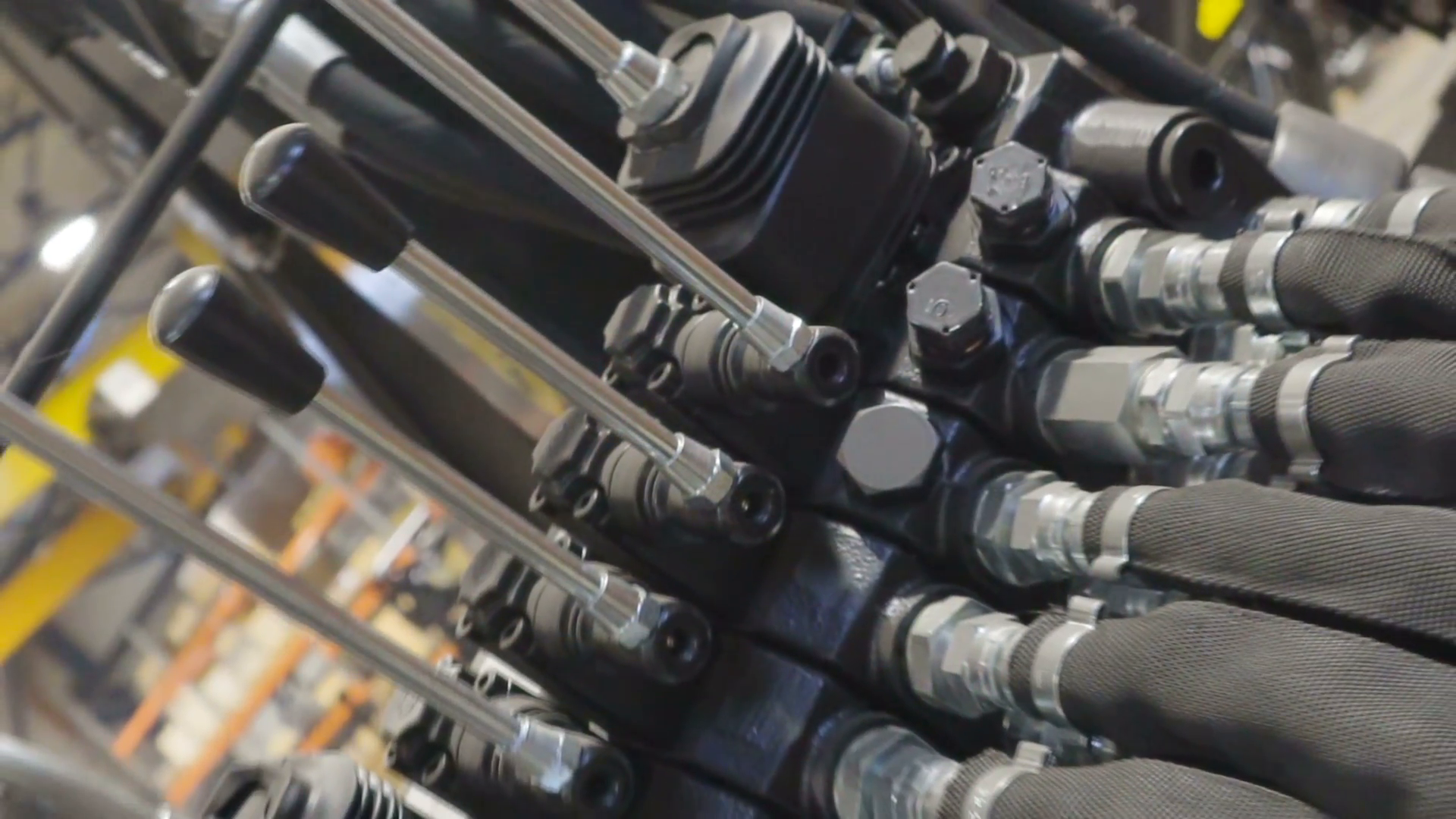
In severe enough cases, tube erosion can cause leakage. This creates a huge issue in your hydraulic tubing. You can’t properly utilize your equipment if the tubes are eroded to such a degree that they begin breaking down. The high-velocity stream of fluid will leak particles and damage the rest of your heavy equipment.
The best way to avoid tube erosion is by making sure you have the proper size tubing for your velocity. The hose assembly should not be too tight to accommodate the flow of fluid. It’s important to pay close attention to the minimum bend radius in your hose assembly as well as the maximum bend radius noted in the engineering specifications.
When you place improper fluids into your hydraulic line and pump it through you run the risk of damaging your equipment. This is not an easy fix and can cost major amounts of money in repairs. Fluids that are incompatible with your line will cause it to swell up and deteriorate over time. Eventually, the inner tubing will burst and start to leak.
According to machine shop bayonne nj, it’s important that you verify your fluid is compatible with both your inner tube and outer tube, as well as the O-ring, fittings, and covering. This point cannot be stressed enough. You’ll want to refer to the chemical resistance chart for your hydraulic hose to prevent using the wrong fluid.
The inner hose will sometimes hold dry air or get damaged from excessive aging. When this happens, the tube will gradually develop tiny cracks and start to leak. It will be difficult to detect at first because the hose will maintain its flexibility. The main concern to look out for is the inevitable cracking.
Preventing this issue is straightforward. When you purchase or install your hydraulic hose, make sure it’s certified for extremely dry air. For this high rating, you’ll want to look for hoses with the PKR or EPDM rubber. It also helps to raise the dew point of the air.
When you have your hydraulic hose installed, make sure it is installed correctly by a certified technician. When they cut the hose, if it is cut improperly then small fragments and metal shavings can become lodged in the line. This debris will contaminate the entire hydraulic system and cause massive failure.
To avoid this devastating leakage, make sure your technician and installer flushes the assembly properly. The hose must be properly cleaned prior to inserting the fittings. Once everything is spotless, make sure you cap the ends tightly to seal it off.
Another way your hose can be incorrectly installed is by not inserting the fitting deeply enough. If the fitting is situated too shallow, then it can blow off entirely. This poses a serious risk of injury.
Find the proper installation depth by checking your hose and ensuring your connection is tight. Mark the ends and make it easy to insert the hose to the proper depth.










